How much water to brew espresso coffee and mocha coffee powder water ratio introduction
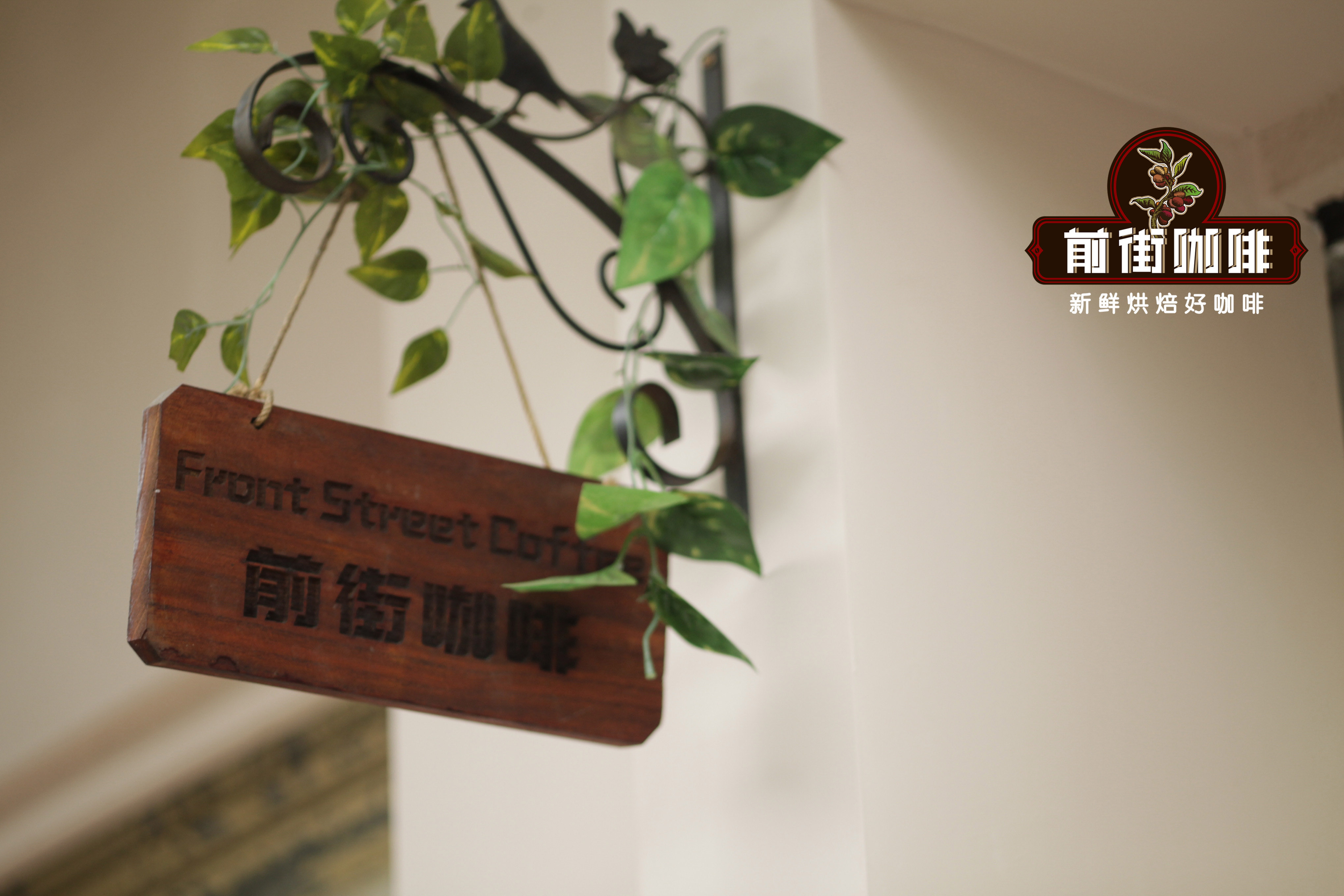
Professional coffee knowledge exchange more coffee bean information please follow the coffee workshop (Wechat official account cafe_style)
Hand-brewing coffee is a method of brewing coffee with great skill and professional knowledge, such as the amount of hand-brewed coffee beans, coffee grinding degree, powder-to-water ratio time, brewing methods and so on will affect the flavor of hand-brewed coffee extraction. so how can we make a pot of hand-brewed coffee perfectly? Well, in this next article, Qianjie Coffee will give coffee lovers how to brew coffee by hand and some parameters that need to be paid attention to.
How much coffee beans should be used in hand brewing?
In the past, street coffee makers used to use 15g beans for a cup of coffee, which was based on the concentration recommended by the SCAA American boutique coffee association. According to their experiments, the coffee concentration was between 1.2 and 1.45%.
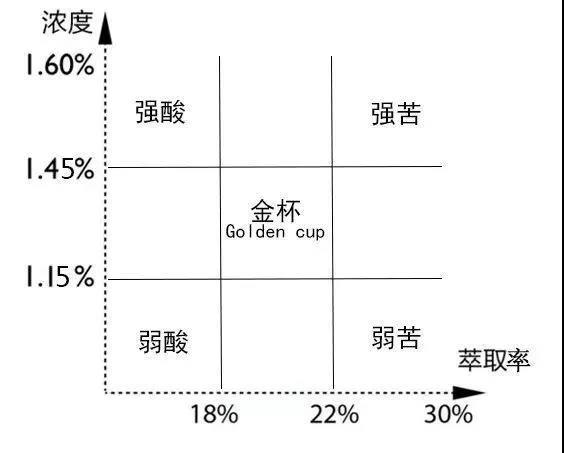
Here Qianjie coffee can be calculated for everyone, in order to reach this concentration range, the ratio of coffee powder to water injection is between 1:12 and 1:15. The ratio of powder to water is 1:15. Suppose you use 10g of powder to cook, then the total amount of water is 150g.
So the best ratio of coffee powder to water is 1:15. At present, the ratio of hand coffee powder to water used in Qianjie coffee shop is 1:15. This parameter was determined because Qianjie Coffee has been verified many times before, and although 1:12-1:15 is only a recommended range, Qianjie Coffee has tested several parameters that are no longer in this range.
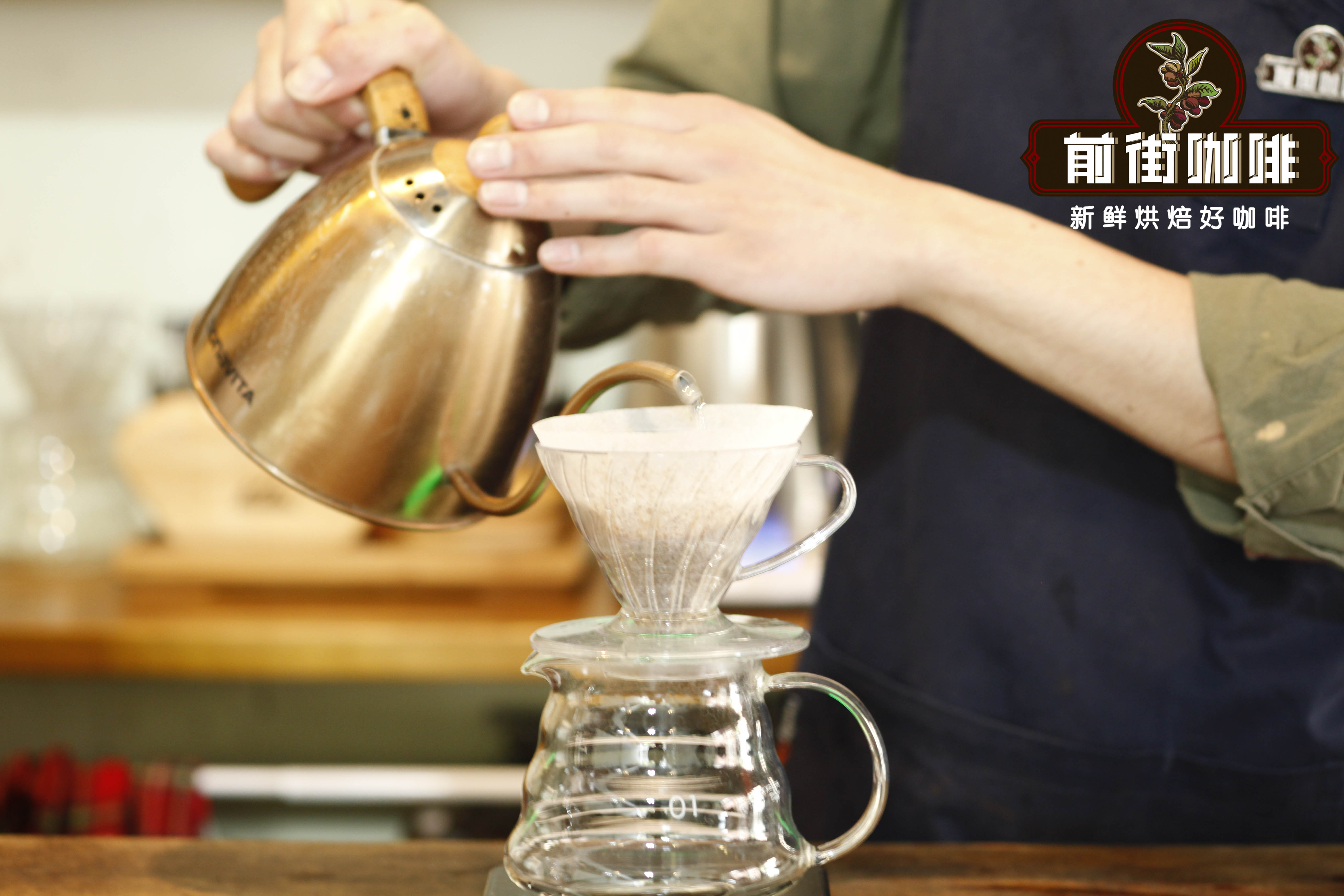
Among them, the drip filter coffee with the powder-to-water ratio at 1:20 tastes very light, but it will be very strong at 1:10. Through the adjustment test, 1:15 is Qianjie coffee that is thought to be more suitable for brewing most coffee beans. Of course, some people will use 1:14 or 1:17. These are OK, the key depends on whether they can accept it or not. Qianjie coffee provides only a parameter acceptable to the public, which you can do for reference.
After determining the powder-to-water ratio, determine the weight of a cup of coffee. Qianjie coffee usually reaches 225g by hand, which happens to be a serving per person, that is, using 15g coffee powder to extract 225ml of water.
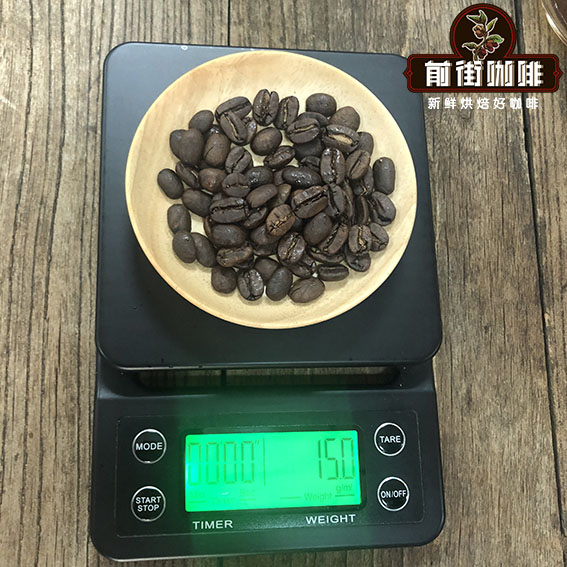
So the amount of coffee beans needed for a 225 ml coffee liquid is 15g, which is based on the best gouache ratio of hand-brewed coffee.
Is there any difference between the powder-to-water ratio of espresso and hand-made coffee?
According to Qianjie Coffee, we know that the model of espresso machine in each coffee shop is different, so the extraction parameters are different, which leads to different powder-to-water ratio of espresso in each coffee shop. Qianjie Coffee takes extracted Italian espresso as an example. Generally, the espresso liquid extracted from 10g coffee bean powder is 20ml, that is, 1:2.
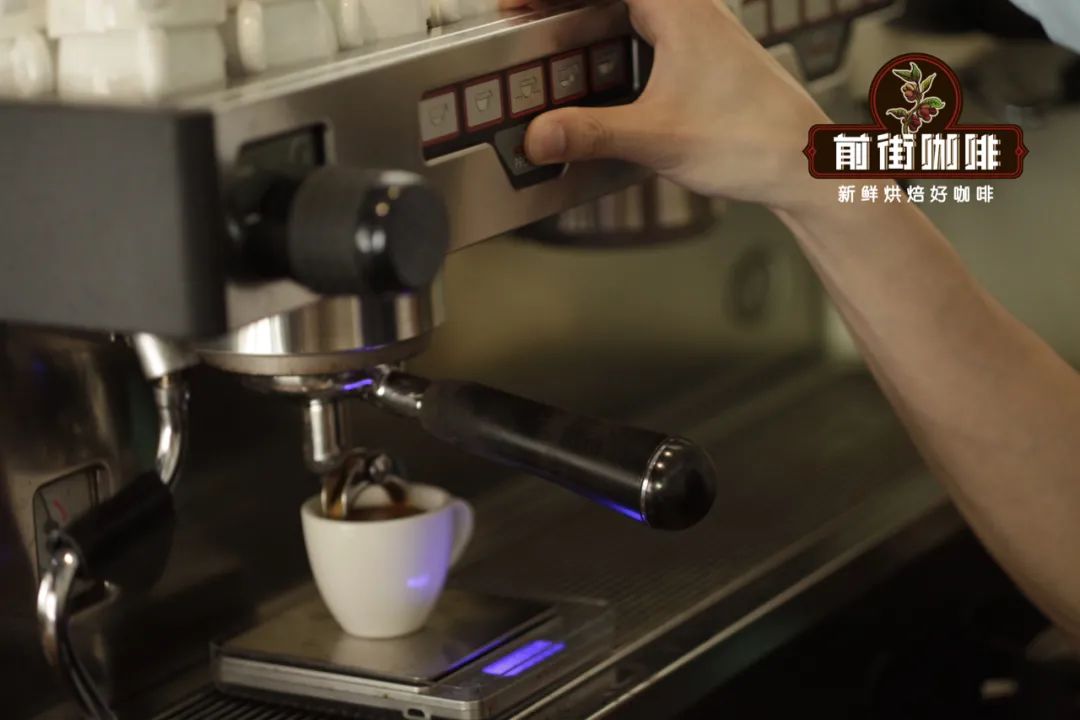
However, with regard to the extraction ratio, there is actually no complete "one-size-fits-all" parameter. After all, it needs to be adjusted according to the situation of the Italian coffee machine, but there will be unwritten regulations in all industries. It will be based on the extraction parameters used by prestigious coffee leaders in the industry as a general value to form a benchmark in the industry. At the same time, Qianjie Coffee learned that the extraction of espresso varies according to the length of time, and the proportion of short-time extraction is more conventional than that of long-time extraction.
The following is the ratio of spaghetti coffee commonly used in major cafes:
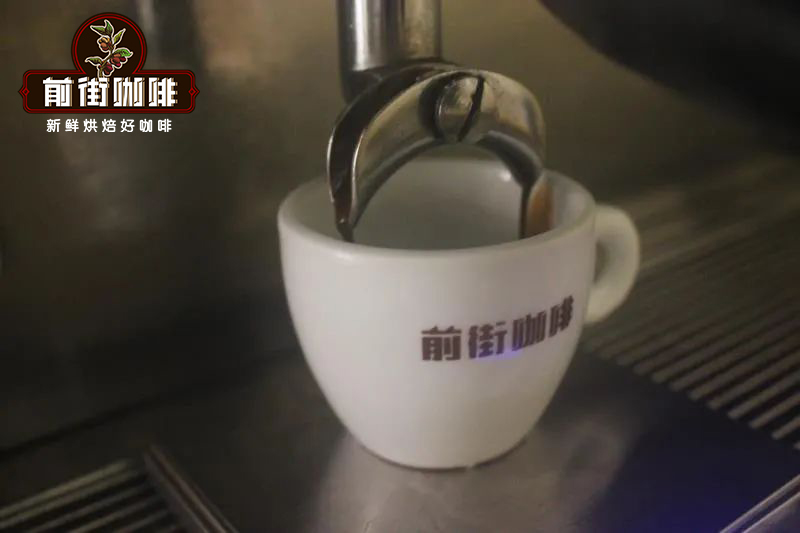
The extraction ratio of espresso is between 1:1 or 1 / 1 / 5.
The extraction ratio of conventional espresso is 1: 1. 5 or 1: 1. 5
Extend the extraction ratio of espresso to between 1 and 1:3
The above is the answer of Qianjie Coffee about the amount of hand-brewed coffee beans and the time ratio of hand-brewed coffee to Italian coffee. Then Qianjie Coffee will share the parameter flow of Qianjie Coffee extraction Italian espresso and the brewing process of hand-brewed coffee for your reference.
Qianjie Coffee extraction Italian espresso parameters sharing:
The espresso machine used in Qianjie is Pegasus E98 espresso machine. Coffee beans use their own sunflower sunflower blend beans (Honduran Shirley Coffee beans mixed with Yega Shirley Red Cherry Coffee beans).
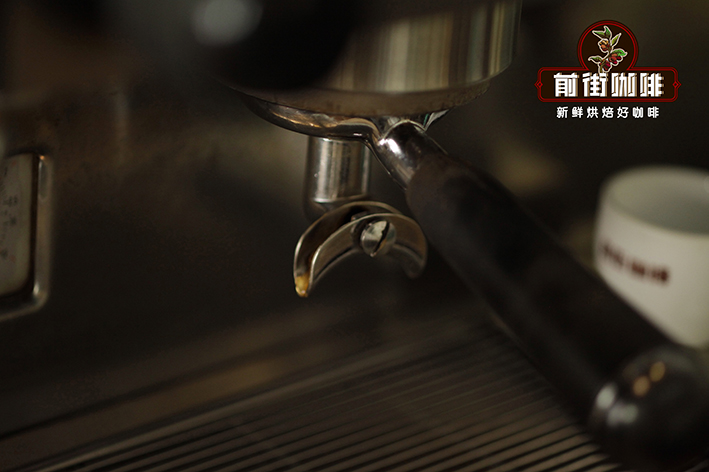
Pressure: 9 bar ±2
Temperature: 90.5 ~ 96 °C
Time: 20: 30 sec
Ratio of powder to water: 1. 7: 1. 1: 2.
Powder content: 10g (single espresso) 20g (double espresso)
Extraction concentration: 20ml (single part) 40ml (double part)
Flavor: obvious acidity, light berry aroma, wine aroma, rich chocolate flavor.
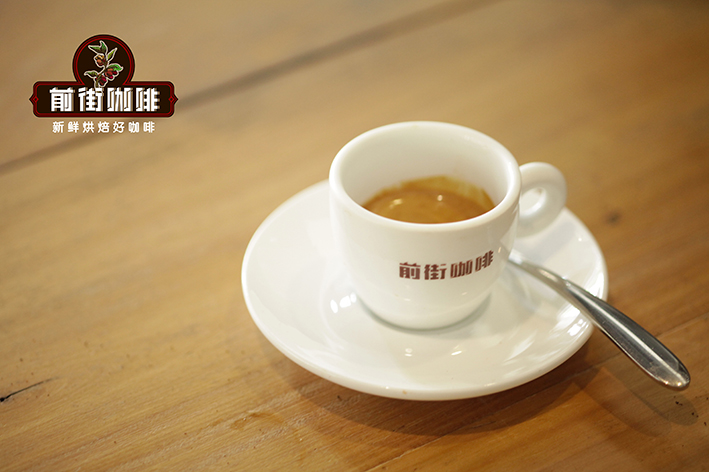
Qianjie Coffee hand-brewed Coffee process parameters sharing:
Qianjie Coffee is demonstrated with Ethiopian Yega Sheffield washed fruit and diced coffee beans:
Front Street Coffee Yega Sheffield Ding Ding Coffee beans

Country: Ethiopia
Producing area: Yega Xuefei
Altitude: 1900-2300m
Variety: native species
Treatment: washing treatment
Flavors: tropical fruits, cream, honey, berries, citrus
Qianjie Coffee Yega Chevy Coffee Bean brewing data sharing
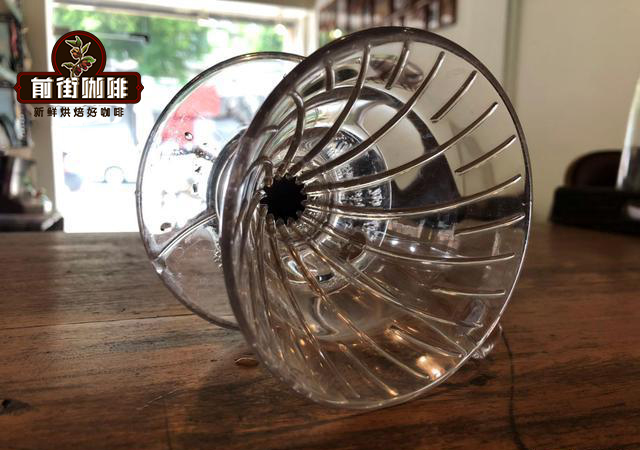
Filter cup: V60 # 01
Water temperature: 90-91 degrees
Powder content: 15g
Ratio of powder to water: 1:15
Degree of grinding: BG6m/ medium fine grinding (No. 20 sieve bowl sieve powder to 80%)
Cooking technique: three-stage extraction
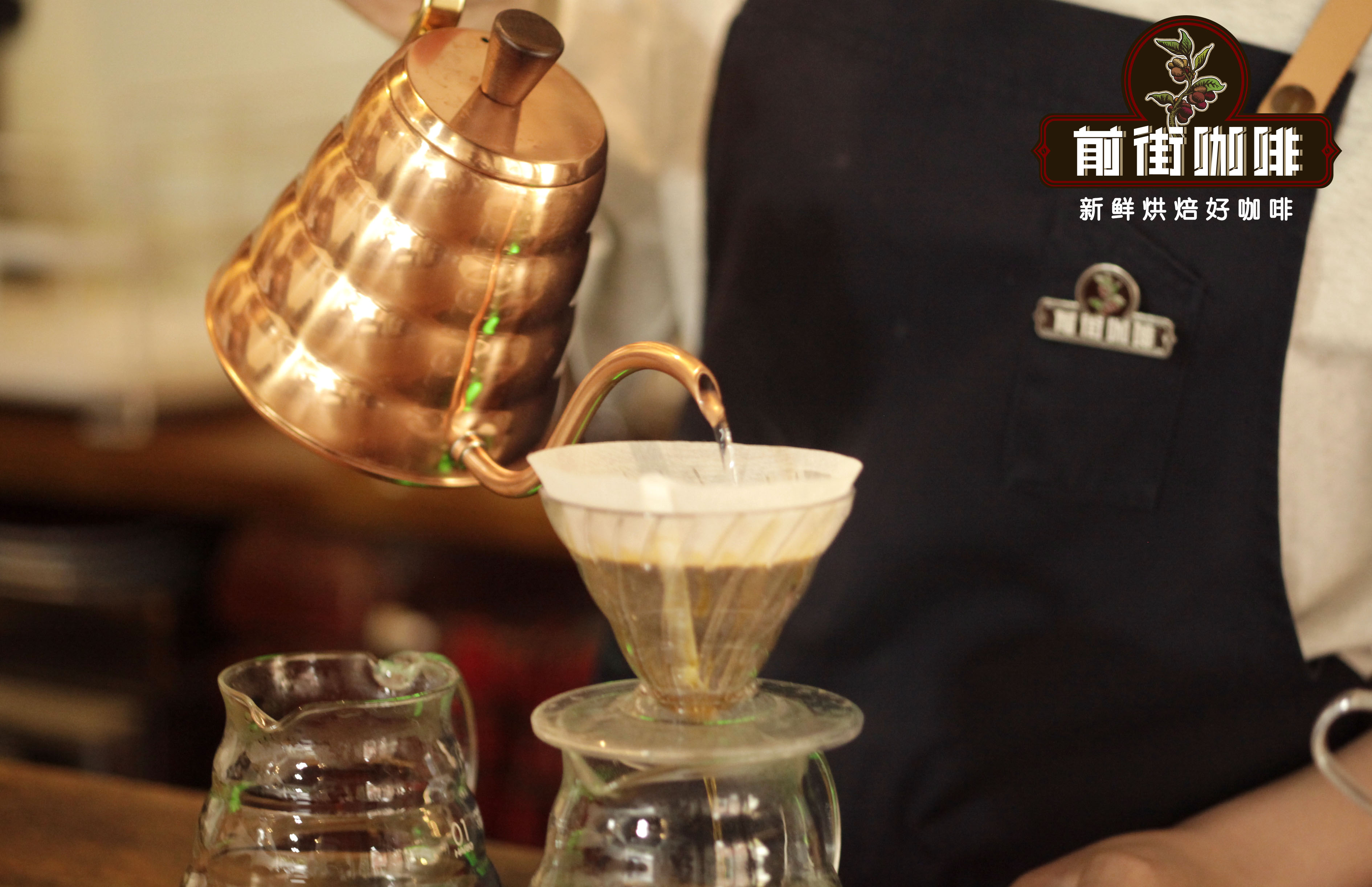
In the first stage, 30 grams of water is injected for 30 seconds, followed by 95 grams (about 125 grams indicated by the electronic scale). The injection is completed in about 1 minute, and the remaining 100 grams are injected at 3 places in the powder layer (about 225 grams shown by the electronic scale) in about 1 minute and 35 seconds. 2: 00 "- 2 × 39" trickle filtration is completed, remove the filter cup and complete the extraction.
Washed fruit dingding flavor: citrus and black tea are imported, cream, caramel and almond aftertaste are obvious and taste clean and sweet with the change of temperature.
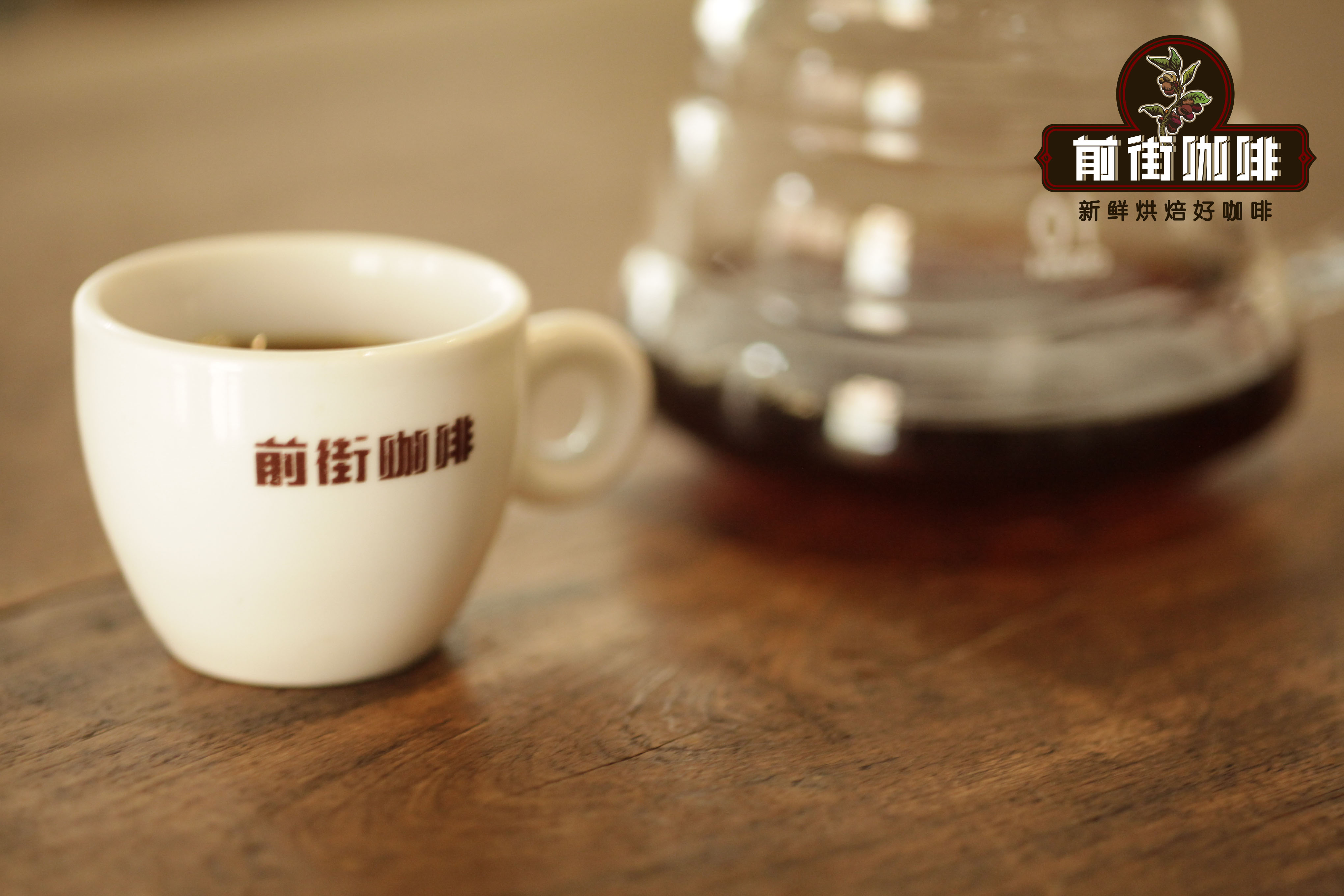
It can be seen from the above that the brewing method of Qianjie coffee in hand-brewing coffee is three-stage extraction, which is also a requirement for self-operation in the whole hand-brewing coffee process, so how can we control the three-stage extraction? What is steaming? Next, Qianjie Coffee will explain to you!
Coffee brewing method-three-stage brewing technique
At present, there are a variety of hand-brewing methods that can be seen in coffee shops, such as three-stage style, one-step flow, drip-by-drop style, and so on. Here, Qianjie Coffee recommends that beginners use three-stage water injection to brew, because this method is suitable for light-roasted, medium-and medium-roasted coffee beans. The segmented extraction method of three-stage water injection can clarify the flavor of the front, middle and back of the coffee, and can ensure the flavor of the coffee.
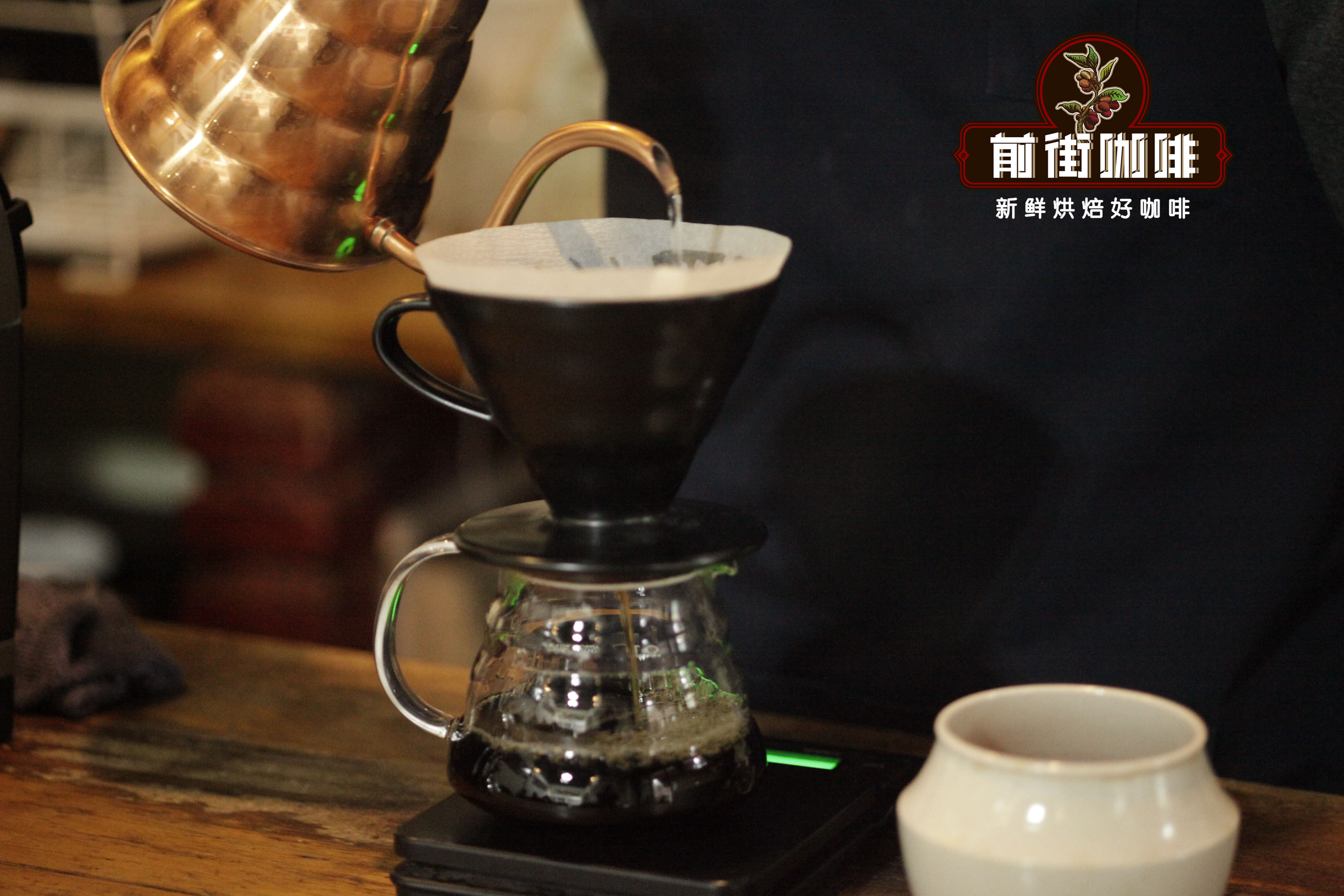
First water injection: steaming (to help exhaust)
Many coffee lovers do not know the significance of steaming hand-brewed coffee. In fact, steaming is needed because coffee beans will undergo a series of chemical reactions and physical changes during the roasting process from raw beans to cooked beans. After a certain degree of roasting, coffee beans accumulate a lot of gas (mostly carbon dioxide).
Generally speaking, the fresher it is, the closer it is to baking, and the more bubbles usually appear during steaming. Deep-baked beans also release more gas during steaming than shallow baked beans. The coffee beans of Qianjie coffee are freshly roasted, so guests are generally advised to grow beans for three days and let the beans release carbon dioxide first, so that the problem of instability and insufficient extraction can be avoided.
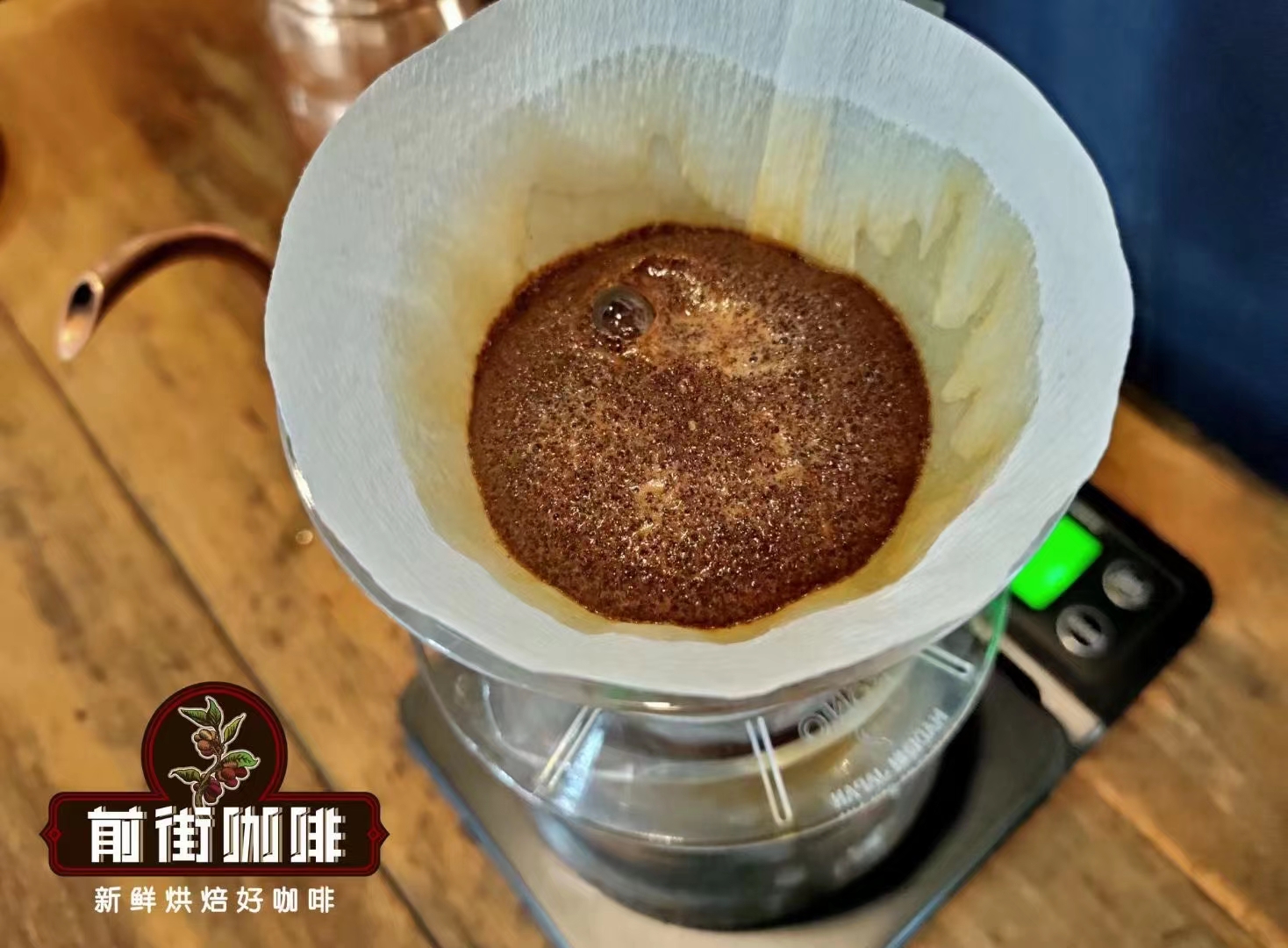
After steaming and discharging the gas, the coffee particles can absorb water evenly, which can make the extraction uniform in the later stage. Good steaming can not only make the coffee powder exhaust quickly, fully and evenly, but also make the coffee powder come into contact with the water quickly, helping the coffee powder to be extracted evenly. These are precisely the purpose and significance of steaming hand-made coffee.
When making coffee by hand, you should pay attention to the following four points:
1. Beat the coffee powder flat before injecting water and steaming.
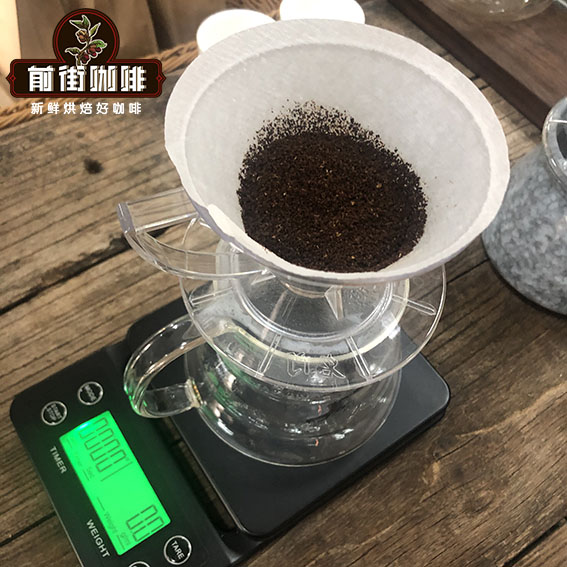
2. When steaming, water injection should be gentle.
3. In the process of steaming, there is as little extract as possible; when there is too much extract in the kettle, the amount of water injected should be reduced, or attention should be paid to the degree of grinding. If there is too much steaming water, drop a large amount of coffee liquid, the falling water does not stay but directly bring out the external substance of the coffee powder, the miscellaneous taste and astringency of the outer layer of the coffee powder begin to dissolve, so that the coffee is not only light, but also has an exquisite smell. If the amount of stuffy steam is insufficient and no water droplets fall at all, then the coffee powder does not absorb enough water, and some coffee is not exhaust enough, which will cause insufficient extraction.) according to this situation, Qianjie coffee has been steamed many times. It is found that it is more appropriate to inject twice the amount of coffee powder during steaming.
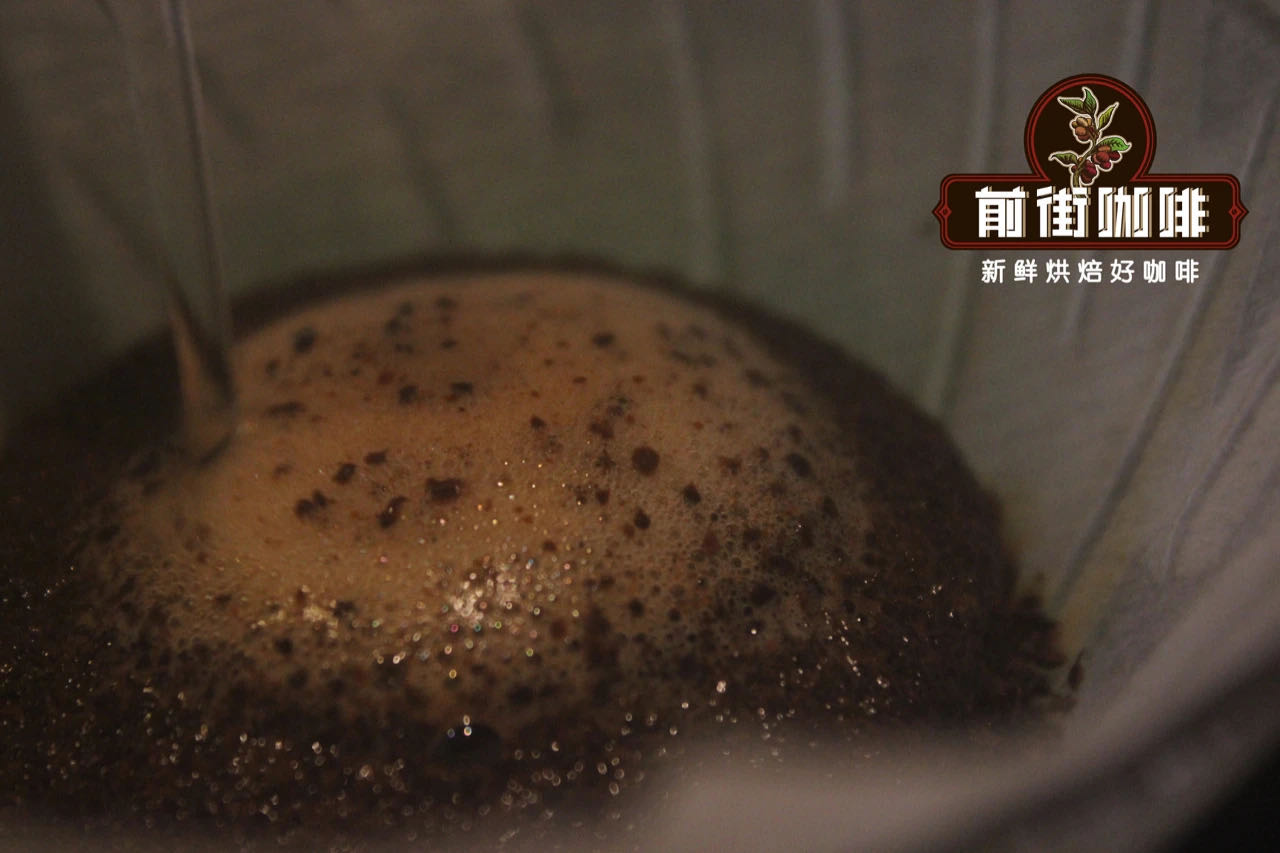
4. The steaming time is about 30 seconds. When the expansion of the coffee powder surface ends, you will see the coffee surface wrinkling, which means that the steaming is complete and you can begin to inject water. In terms of time, coffee is prone to bitterness and astringency if it is steamed for too long. Generally speaking, the end time of steaming varies with each bean, but Qianjie Coffee finds that this is not conducive to novice operation. After all, novices pay attention to standardization and ease of use, so to ensure that coffee beans are still freshly roasted, Qianjie Coffee is recommended for steaming for 30 seconds. Of course, those with experience can adjust the time on their own.
Second water injection
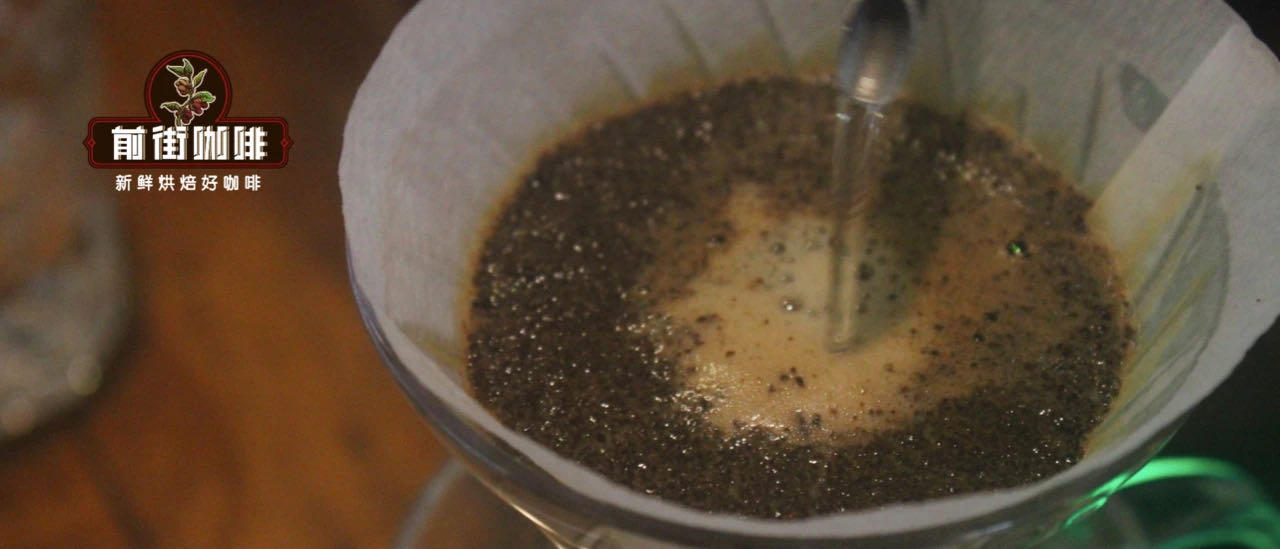
The second water injection starts from the middle, and a small water column is injected into the bottom of the powder layer. in order to concentrate the penetration force of the water column, the range of movement around the circle is small, about the size of an one-dollar coin, and then out. At the beginning of the second water supply, we should pay attention to the amount of water, and try not to exceed the height of the powder layer, that is, when the water column is wound close to the filter paper, the water supply can be stopped.
The third water injection
As the thicker powder layer on the edge of the original filter paper becomes heavier because of the draft, and as the water level falls and becomes thinner, the water level drops to half and the third water injection can be carried out.
From the third water supply, it is necessary to observe the extent of the decline of the water level, also from the center of the water supply circle, the amount of water should not exceed the height of the powder layer, then it will also be observed that the proportion of foam has already occupied the surface, and the third water injection will increase the tumbling of coffee granules, let all the deposited particles tumble, and then dissolve the soluble matter.
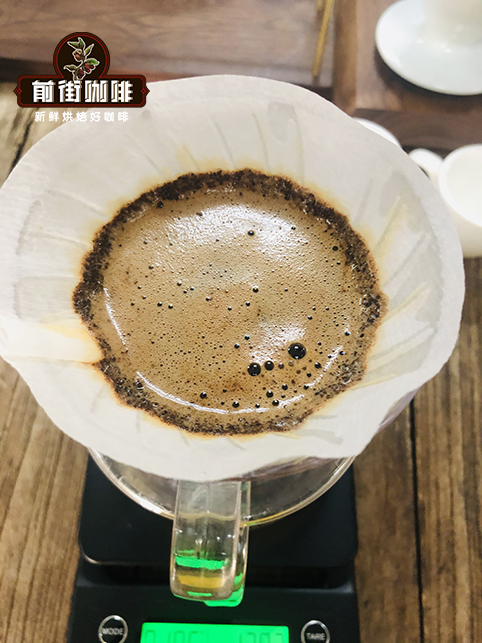
The rolling particles will start to rest because they stop adding water, and at this time they have to rely on the velocity caused by the falling water level to make the coffee particles produce friction, so once the addition of water stops, the coffee powder particles will sink, causing blockage, so pay special attention to the rhythm of adding water. If the water is cut off too many times, it is tantamount to letting the coffee powder particles soak in the water all the time, which will lead to the astringent and miscellaneous taste of the coffee extract at the end. If the water is cut off too many times, it is tantamount to letting the coffee powder particles soak in the water all the time, which will lead to the astringent and miscellaneous taste of the coffee extract at the end.
The above is how to operate the three-stage extraction process of hand-brewed coffee. I hope it can help coffee lovers who want to try hand-brewing coffee themselves, so that they can make a satisfactory cup of coffee in the future!
For more boutique coffee beans, please add private Qianjie coffee on Wechat. WeChat account: kaixinguoguo0925
Important Notice :
前街咖啡 FrontStreet Coffee has moved to new addredd:
FrontStreet Coffee Address: 315,Donghua East Road,GuangZhou
Tel:020 38364473
- Prev
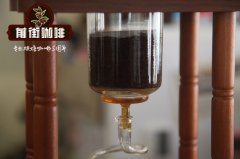
Ecuador Vicabamba longevity village coffee production area profile What flavor characteristics taste
Professional coffee knowledge exchange More coffee bean information Please pay attention to coffee workshop (Weixin Official Accounts cafe_style) Everyone wants to live a long life. According to the international research organization on longevity, there must be more than 75 centenarians per million population to meet the standards of longevity areas. The five world longevity townships identified by the International Society of Natural Medicine are: Caucasus and Pakis in the old Soviet Union
- Next
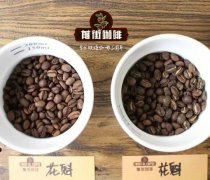
What is the variety of Nicaraguan Yushi coffee beans? Nicaraguan Yushi coffee has its flavor and taste.
Professional coffee knowledge exchange more coffee bean information please follow the coffee workshop (Wechat official account cafe_style) Nicaragua Yersi: the newly discovered Ethiopian variety "Yersi" in Nicaragua is the latest Ethiopian variety discovered in the world! But the discovery was entirely accidental. Miguel bought almost most of the raw beans, now.
Related
- Detailed explanation of Jadeite planting Land in Panamanian Jadeite Manor introduction to the grading system of Jadeite competitive bidding, Red bid, Green bid and Rose Summer
- Story of Coffee planting in Brenka region of Costa Rica Stonehenge Manor anaerobic heavy honey treatment of flavor mouth
- What's on the barrel of Blue Mountain Coffee beans?
- Can American coffee also pull flowers? How to use hot American style to pull out a good-looking pattern?
- Can you make a cold extract with coffee beans? What is the right proportion for cold-extracted coffee formula?
- Indonesian PWN Gold Mandrine Coffee Origin Features Flavor How to Chong? Mandolin coffee is American.
- A brief introduction to the flavor characteristics of Brazilian yellow bourbon coffee beans
- What is the effect of different water quality on the flavor of cold-extracted coffee? What kind of water is best for brewing coffee?
- Why do you think of Rose Summer whenever you mention Panamanian coffee?
- Introduction to the characteristics of authentic blue mountain coffee bean producing areas? What is the CIB Coffee Authority in Jamaica?

